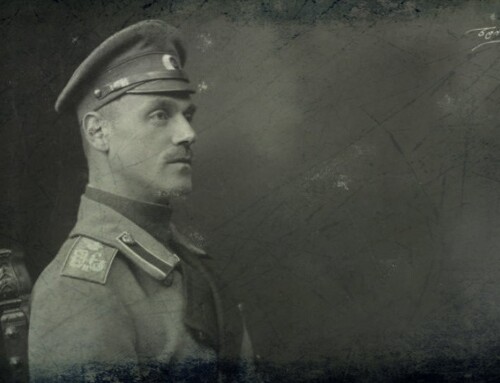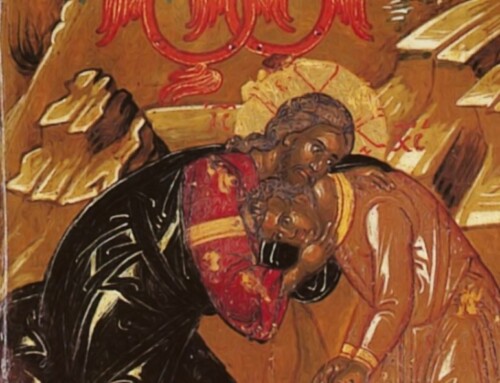On my way back to Napa, from a Marian Conference, October 20, 2012, I stopped at Mission San Juan Bautista. I have always loved this Mission for its somewhat remote location, and the original rustic splendor of the large Church. There is a very solid masculinity about the place that reflects the hardened, but still ornately Baroque Christianity of the heroic Franciscans who built it. You can tell that they were solider-monks, the place is barrack-like, but of also great interest to me, being an old movie buff, the Mission was also chosen by the astounding Alfred Hitchcock for the climatic scenes of his masterpiece “Vertigo.”
Released in 1958, just five years after the launch of Playboy Magazine, “Vertigo” is the first post-porn era film. The movie traces the descending obsession of a San Francisco detective, played by the terminally conventional Jimmy Stewart, who is hired to follow the beautiful wife of a local near-do-well bon vivant. The seductive woman, Madeleine, played by Kim Novak, is an ice-beauty: cold, distant, self-contained, and destructive. She is the first modern personification of hard-core pornography. As she is not even who she appears to be: for the real Madeleine is only being impersonated by someone else: the commonly trashy, completely mixed-up, and love-starved Judy, also played by Kim Novak. As in pornography, no one is real; no one is who they are supposed to be; everything is artifice. In a side-story, Hitchcock also examines Stewart’s clingy and unhealthy relationship with his virginal ex-fiancé. But he can not touch female reality; he is locked into the voyeurism of watching Madeleine. This mirrors the contemporary reliance of many men whose eyes are glued to the computer screen.
Stewart idolizes the image of a woman that he himself has created: then he becomes comfortable with his perversions. In the most disturbing parts of the film, like an amateur Dr. Frankenstein, he tries to make a real person, the impressionable and desperate Judy, into an artificial icon. Judy goes along with it, suffering the whole way, as do many modern female porn stars. But porn and voyeurism are not real. Here I am reminded of the smutty lingerie peddled by Victoria’s Secret and others that hapless women buy in order to tempt their men away from the demonic pull of Internet porn. There is also the sickening phenomena of “couples” pornography, designed specifically for men and women to watch together. This usually sets-up an epic fail, where, oftentimes, the children are left out in the cold. Similarly, in the movie, as with all pervasive obsessions, everything ends very badly for all involved.
Vertigo is a remarkable must-see: not only for its beautiful cinematography, peerless acting, and compelling storyline, but for the moral warning that it contains of the dangers of porn. For the film is about watching, and getting turned-on. About how corrosive and isolating the dangerous swerve into voyeurism can be, not only for the viewer, but for the one being watched. It creates false idols out of nothingness, raises impersonalization to the norm, and further alienates everyone in an already lonely and displaced world. But oddly, I walked away from San Juan Bautista, thinking about Vertigo and porn, feeling assured: the old Mission is still standing, and last week’s porn new releases are already forgotten; Jesus will triumph over all.





